Dell OptiPlex 7070 Ultra review: The ultimate small form-factor PC?
This modular all-in-one system may be a little light on substance, but it has buckets of style
-
+
Elegant design
-
+
Reasonable performance
-
+
Highly serviceable
-
-
Somewhat expensive

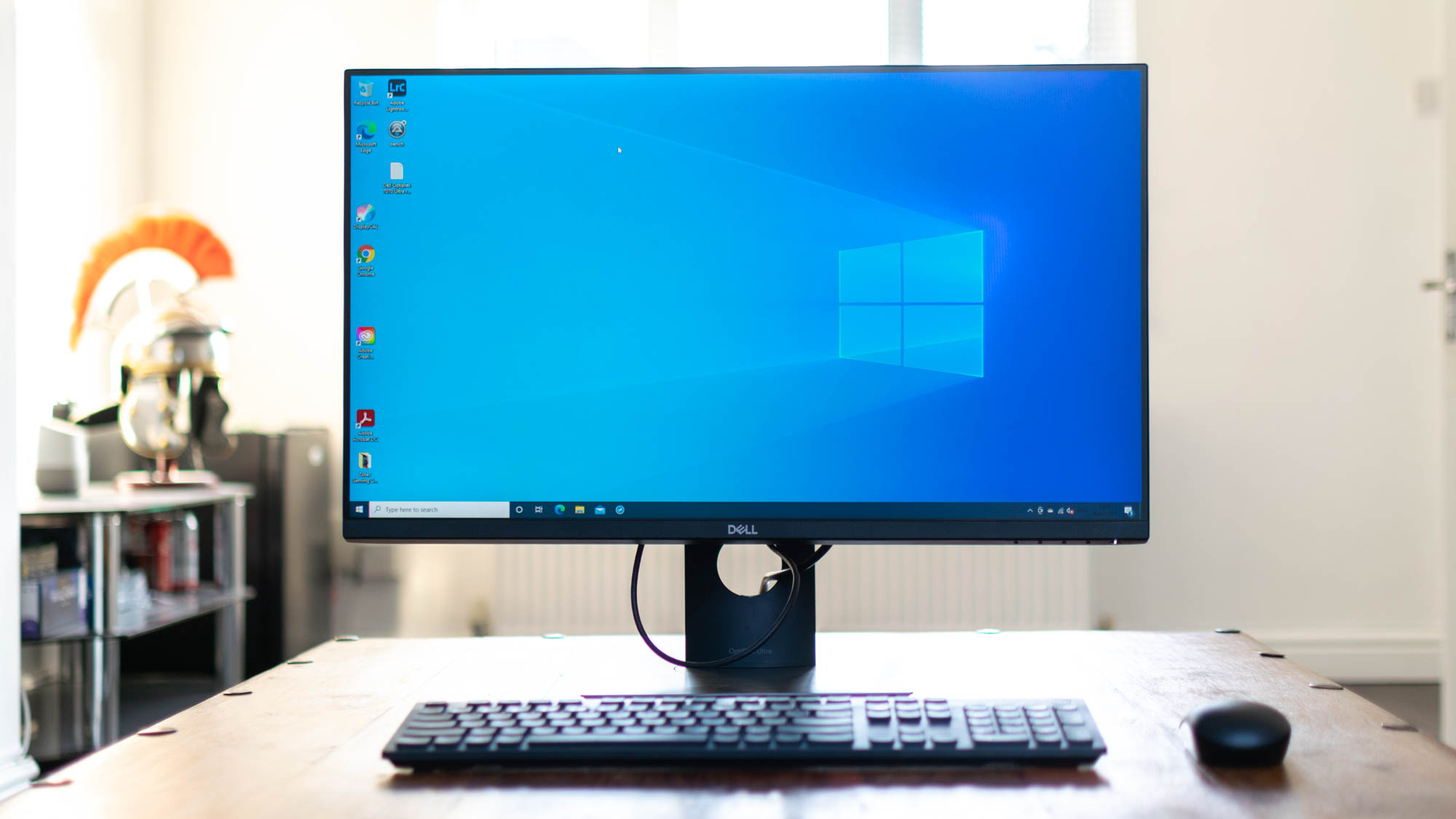
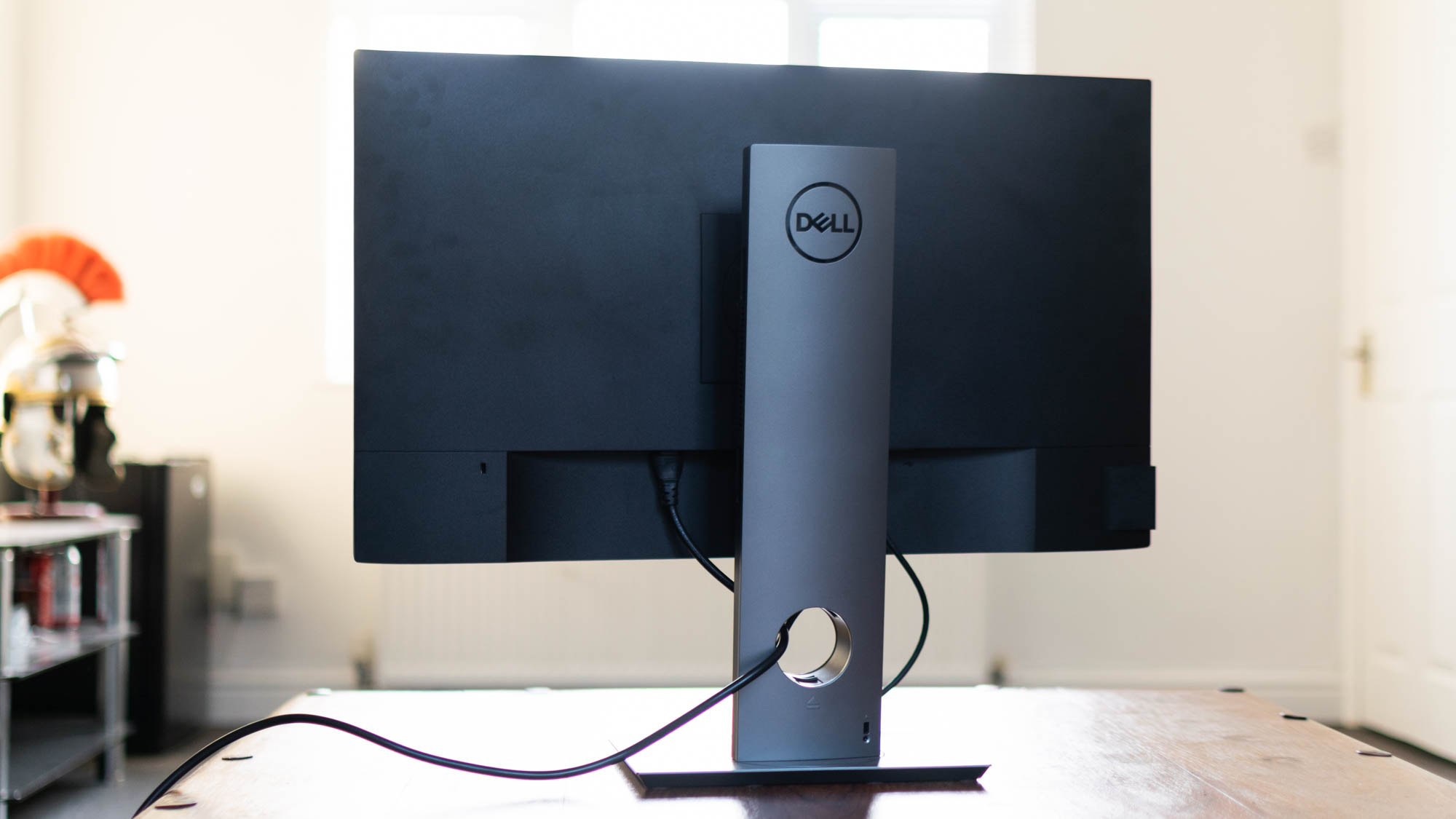
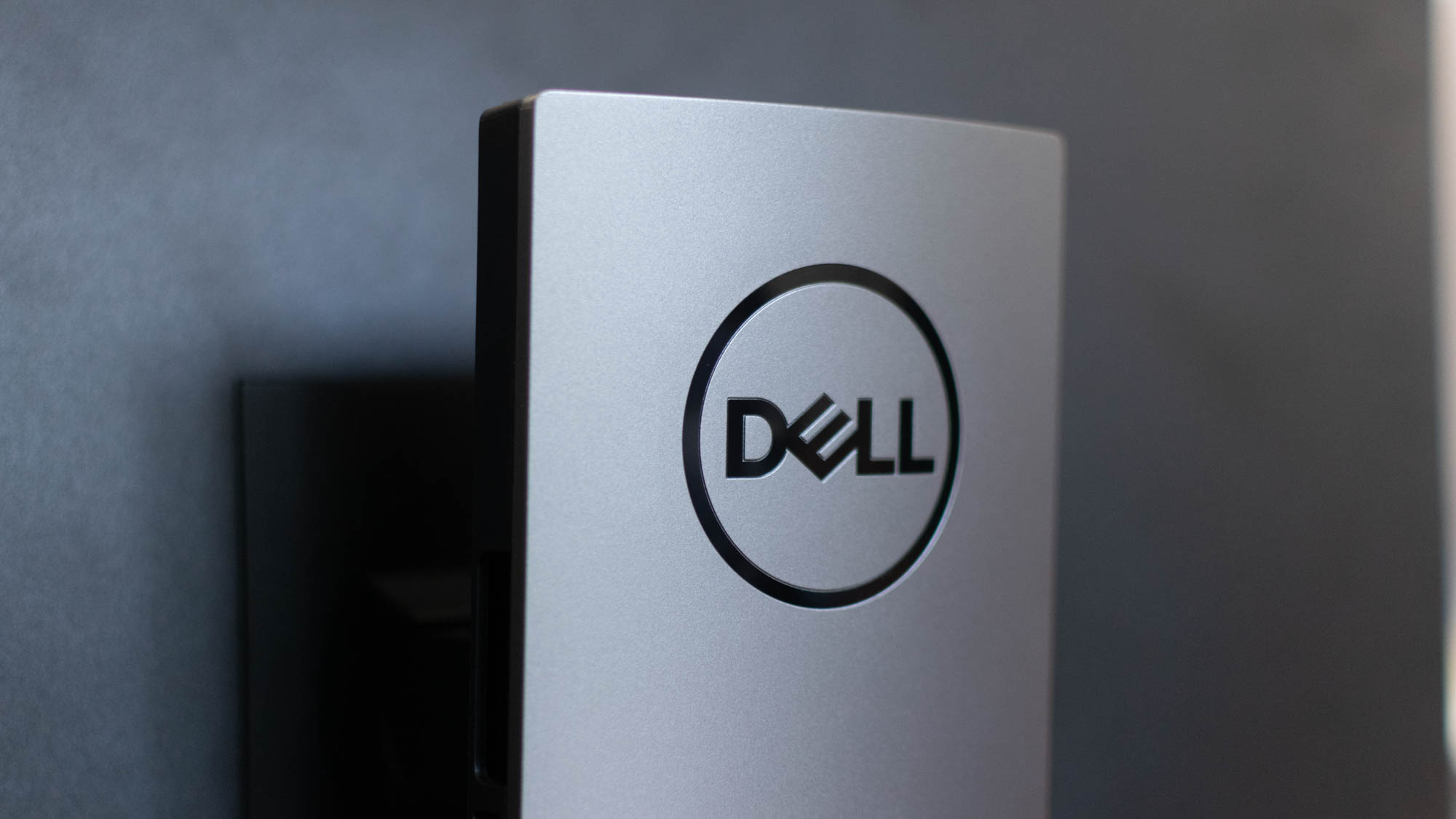
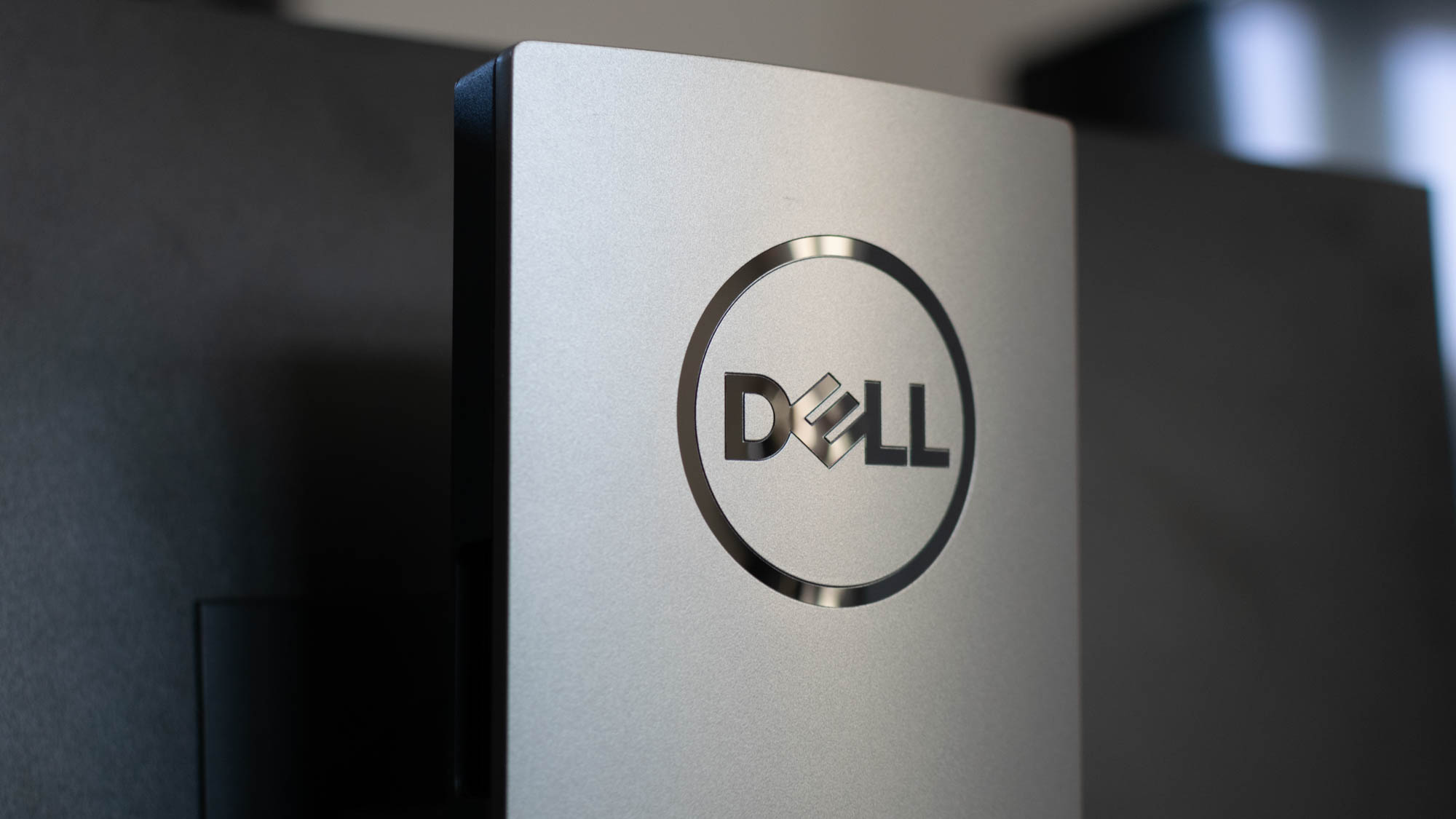
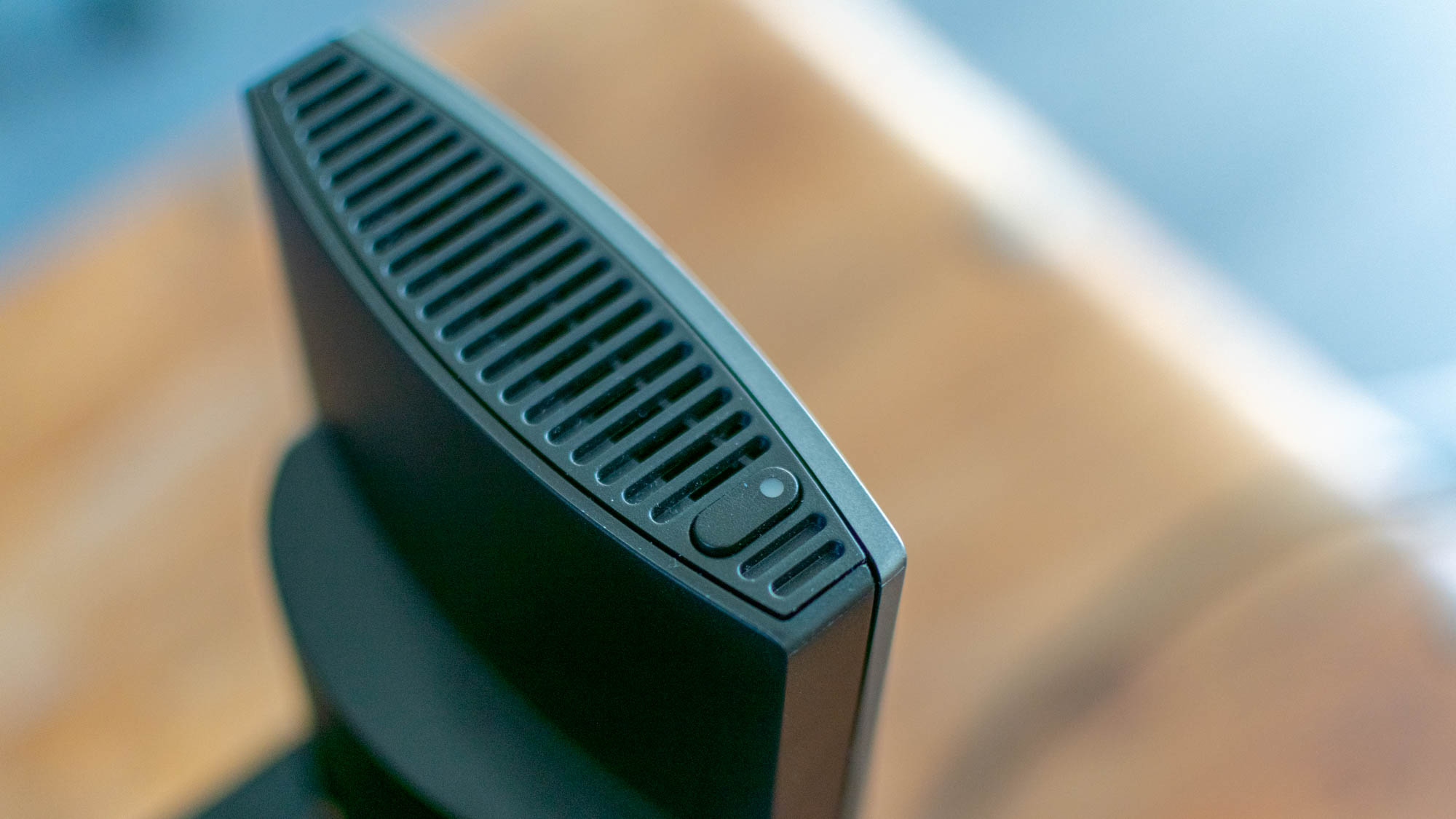
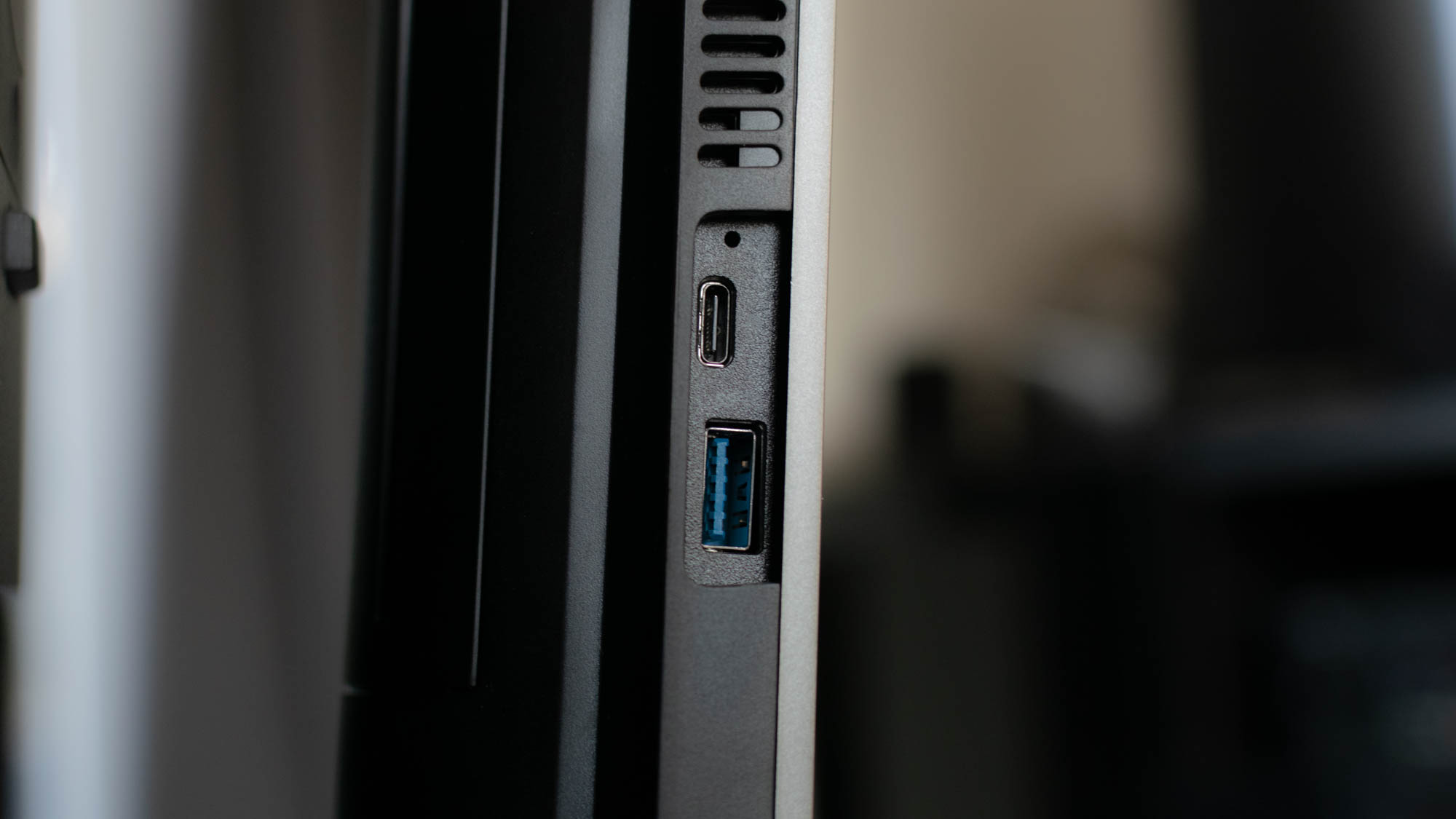
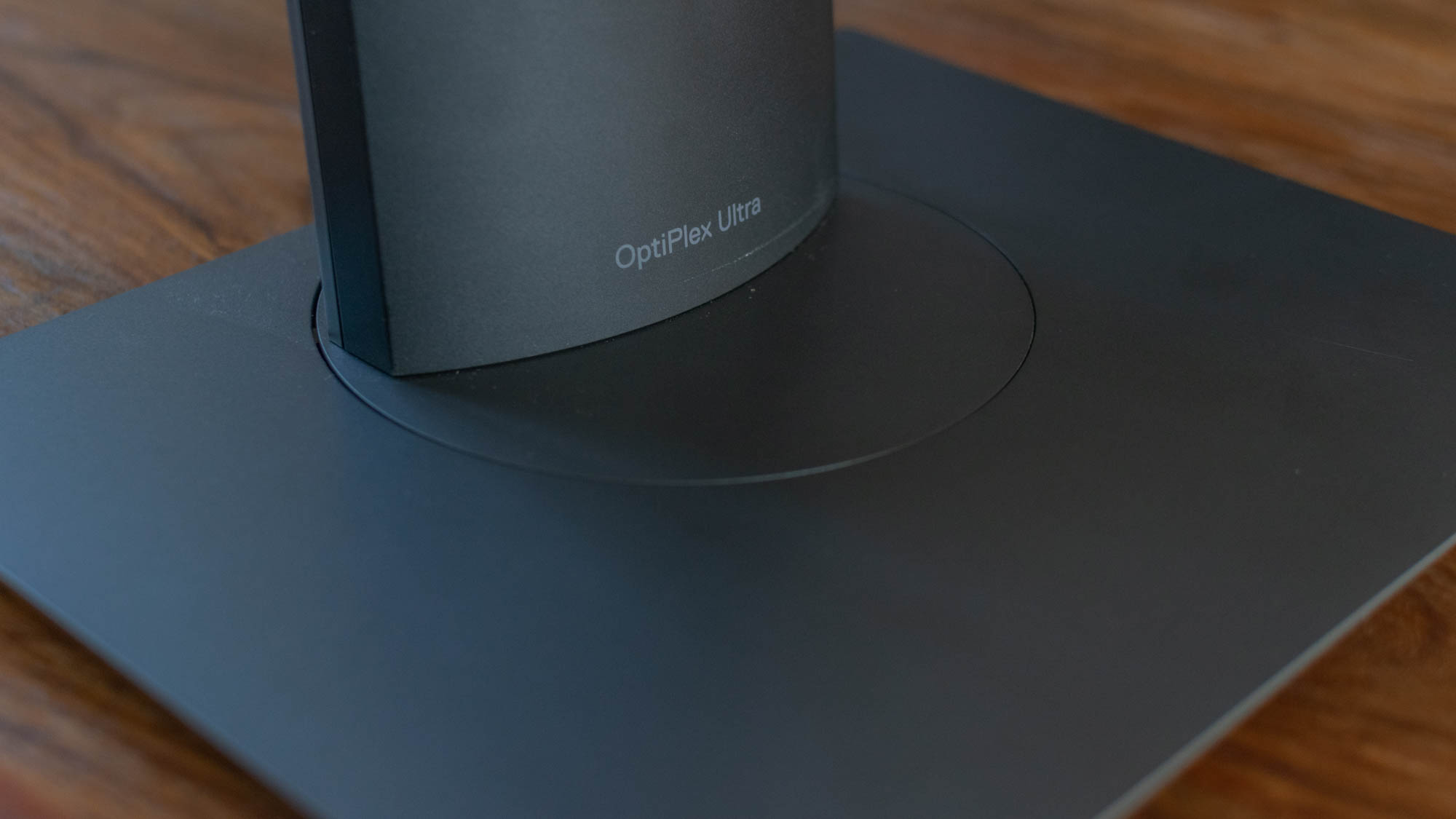
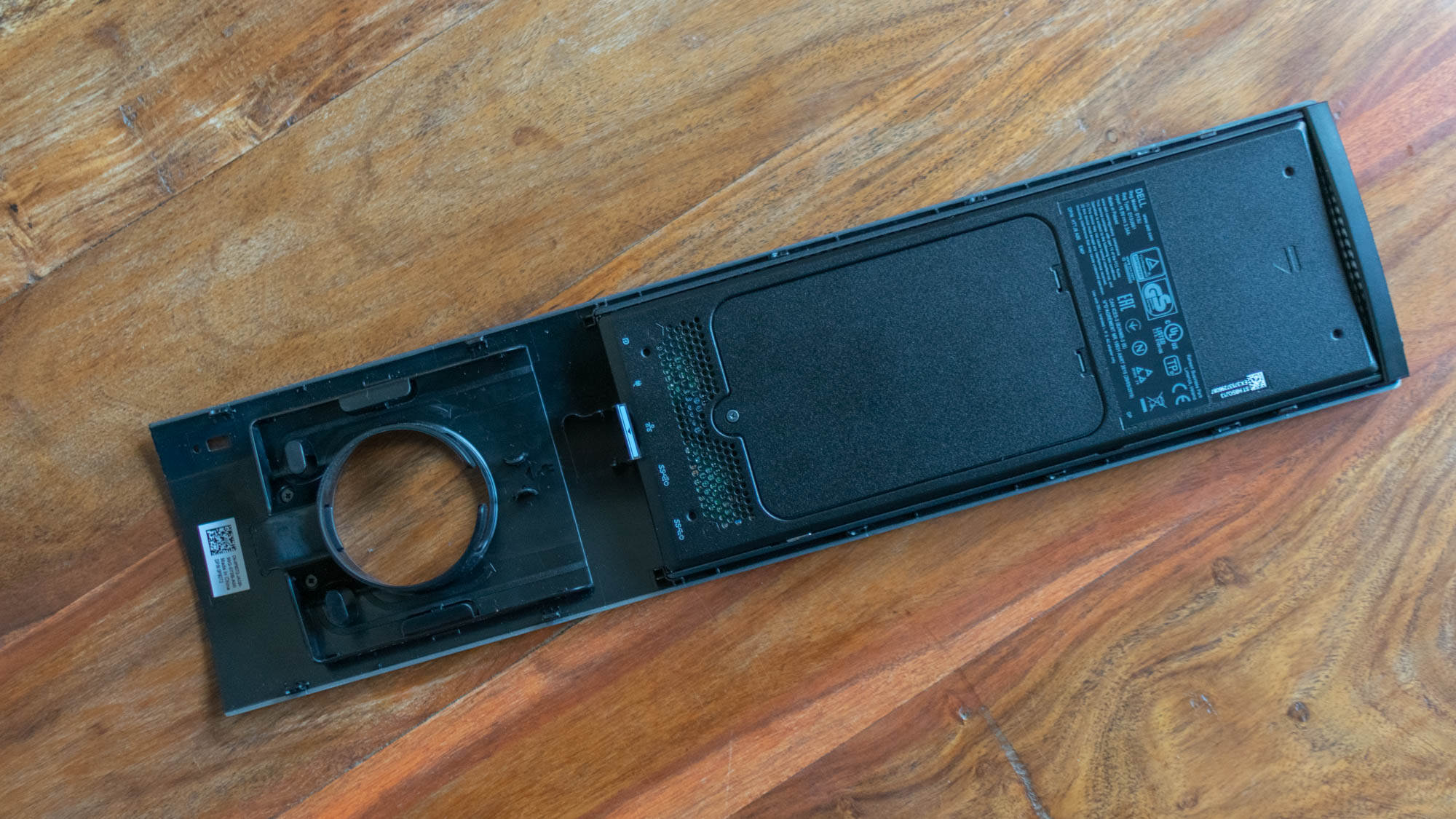
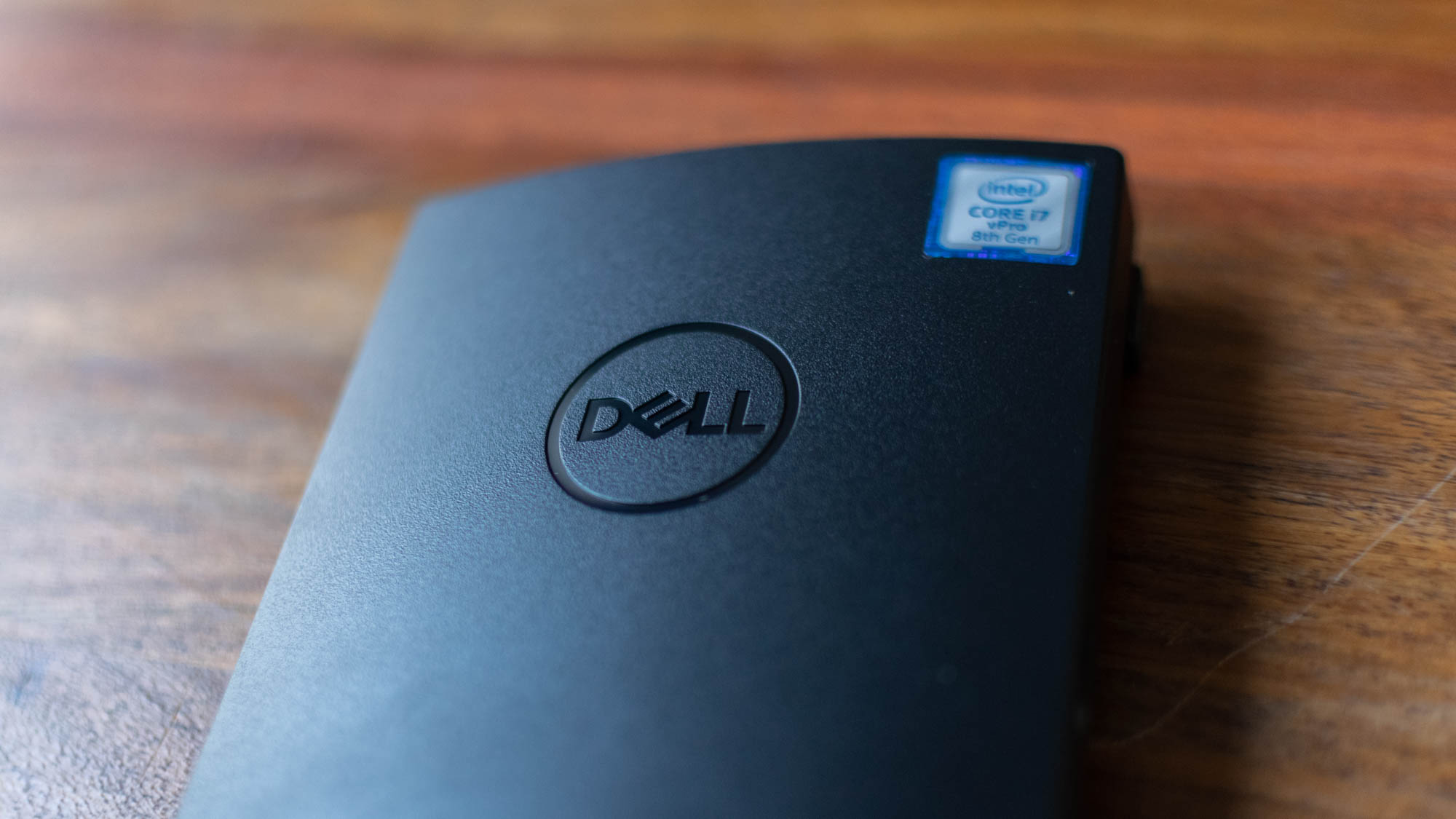
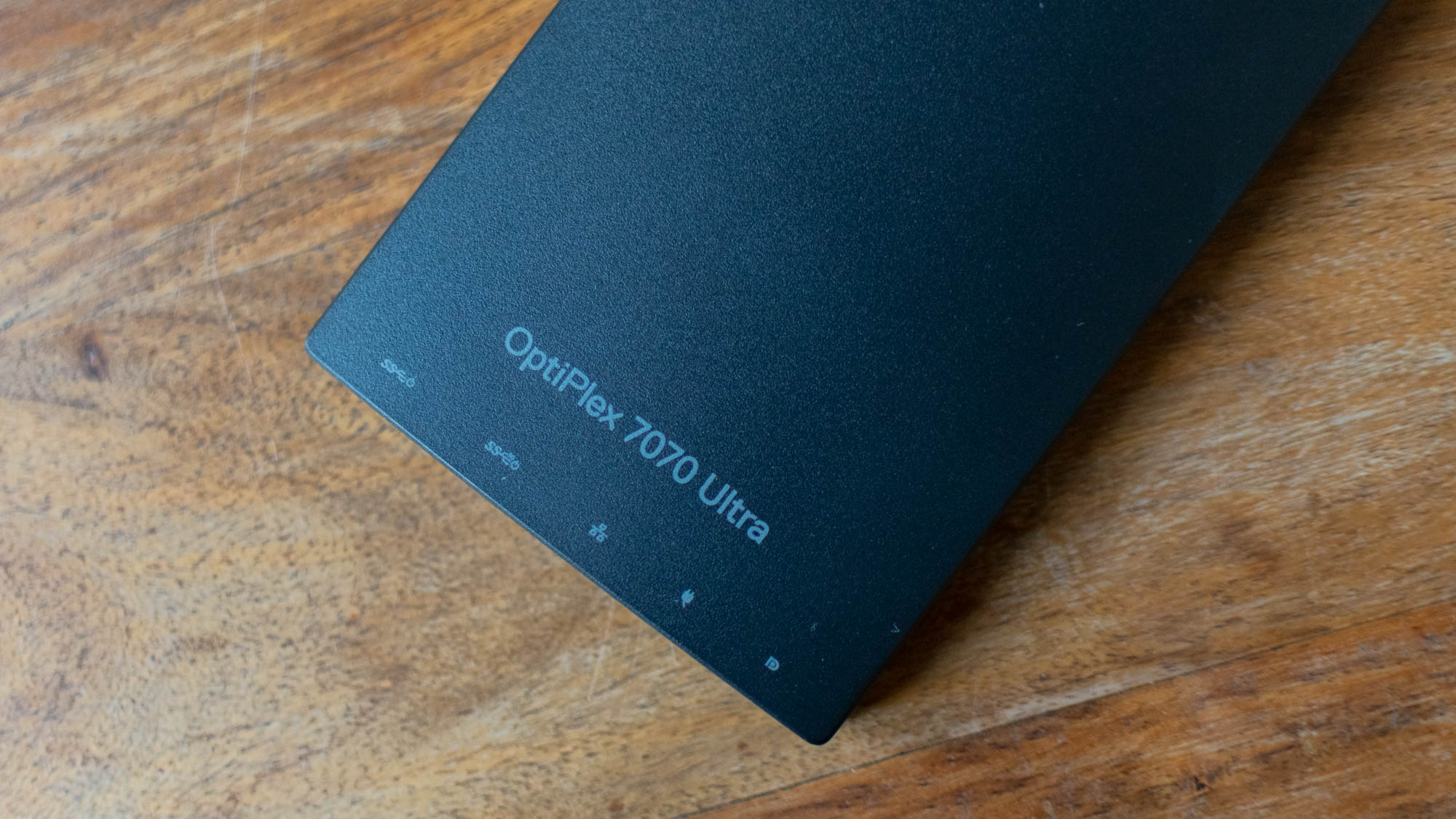
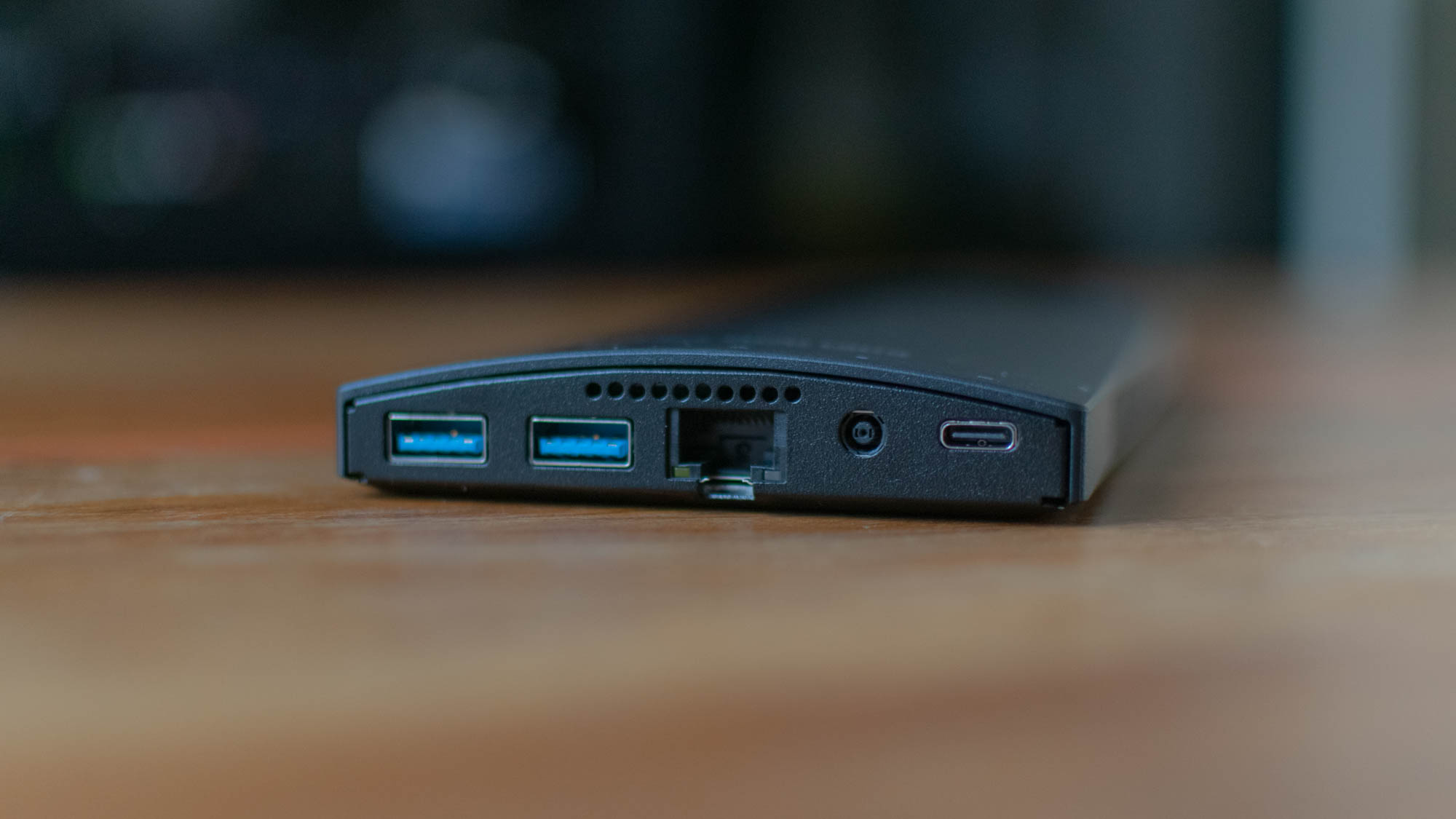
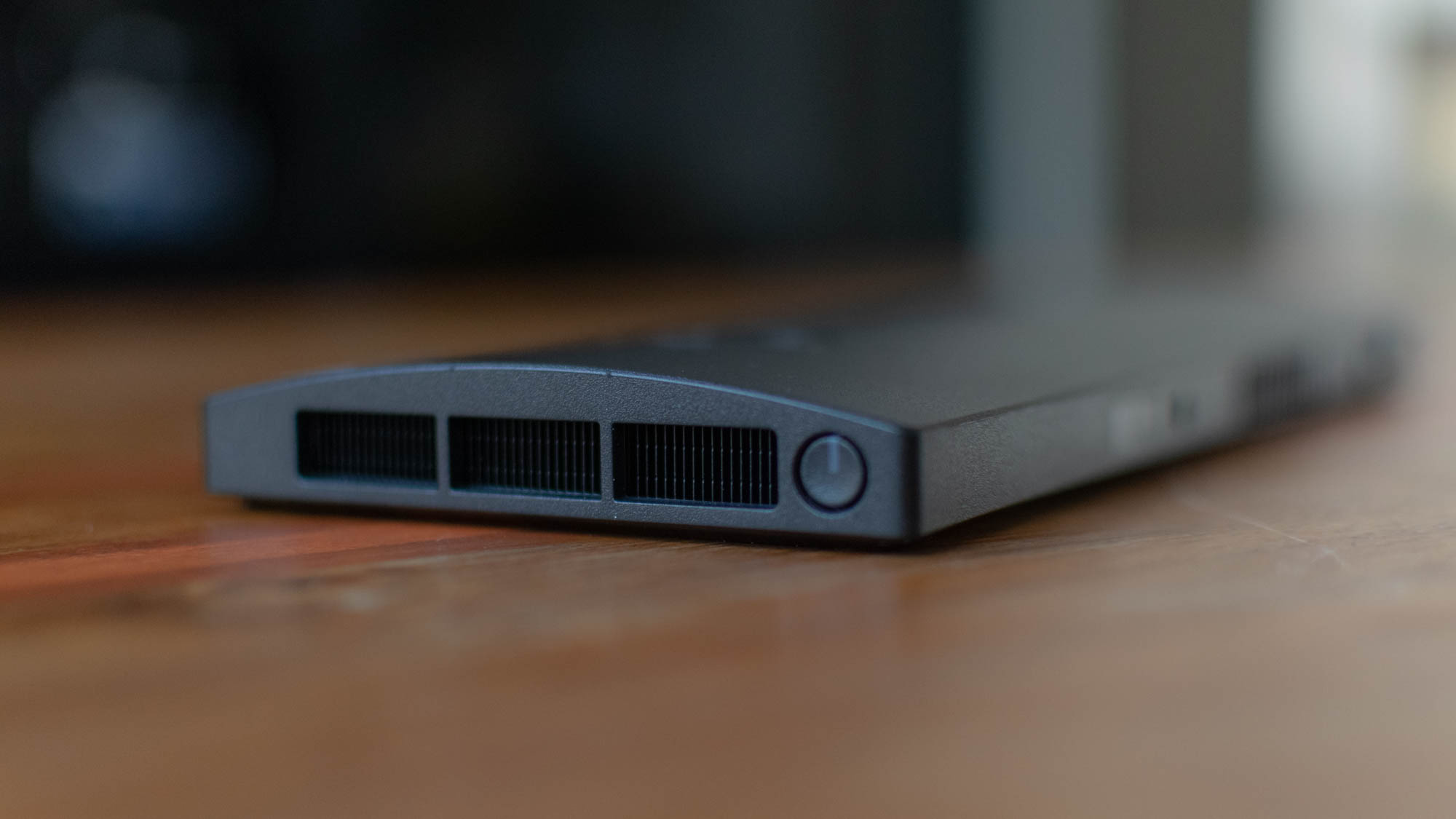
If you’re a fan of minimalist workspaces, then pay attention, as the Dell OptiPlex 7070 Ultra may just be your ideal machine. This clever little device manages the rare feat of not only being a capable small form factor PC, but looking downright stylish while it does so.
Aimed primarily at enterprise deployments, this sleek little business belter is nonetheless suited just as well to the home office as it is to a corporate scenario. It’s a seriously impressive feat of engineering, and one that merits consideration from anyone looking to streamline their setup.
Dell OptiPlex 7070 Ultra review: Design
On first glance, this looks like an all-in-one machine similar to Apple’s desktop iMacs, but look closer: the OptiPlex 7070 Ultra is hiding a secret weapon that makes it even more impressive, and arguably more useful. Rather than hiding the guts of the system within the monitor’s casing, as most all-in-ones do, the brains of this machine are actually located inside a sleek stand.
This has a number of useful implications; firstly, it means that you can use a range of different monitors with the OptiPlex, rather than being saddled with the (often disappointing) default panel most all-in-one devices use. Our review unit shipped with Dell’s P2719HC monitor, available as part of an attractively-priced bundle deal, but you can swap it out for any of Dell’s U, P or UP-series screens with no problems, as they all support the same proprietary quick-release mounting system. However, if you want to use one of Dell’s cheaper E-series monitors (or indeed a non-Dell screen), you’ll have to use the included quick-release to VESA adapter bracket.

The cleverest part of this system, however, is that it’s fully modular. The actual PC hardware that makes up the OptiPlex 7070 Ultra is a compact unit that clips into the stand, and can be unclipped and removed just as easily. The tool-free design makes it simple to install or remove from the stand, and like most of Dell’s hardware, it’s highly serviceable. The SSD, memory and 2.5in drive bay can all be easily accessed, and there’s a significant amount of headroom for expansion or replacement in all areas, which will be a boon to IT departments looking at on-site repairs.
The stand itself is an attractive proposition, with a squared-off base, gunmetal finish and clean lines. The casing has been designed to allow easy access to a number of ports (which we’ll discuss in more detail shortly) and as a monitor stand, it’s highly flexible. It’s available in either height-adjustable or fixed variants, with 175mm of height adjustment, -5 to 21˚ of tilt, 90˚ of swivel and portrait mode rotation.
The stand supports monitors up to 27in, but if you want to use a larger monitor or an alternative mounting solution, the OptiPlex 7070 Ultra can also be attached directly to the rear of any VESA-compatible motor using Dell’s offset VESA mount bracket. Why you would want to do this, however, is a mystery; you’ll be missing out on the elegant minimalism offered by the stand-mounted option, and Dell already offers a number of small form factor devices such as the OptiPlex 7060 Micro that can be directly VESA-mounted while offering greater flexibility and easier component access.
Dell OptiPlex 7070 Ultra review: Hardware and performance
Given how space-age the design is, then, it’s a little surprising to see that it uses an 8th-gen Intel Core processor. Our unit came with a vPro-compatible Core i7-8665U, and although Core i3 and Core i5 configurations are also available, you won’t find one with a more recent chip. For the unit on test, this was backed up by 16GB of RAM and a 512GB M.2 SSD, although business customers can configure it with up to 64GB of RAM and twin 1TB SSDs.
Despite being three generations old, however, this quad-core chip kept up admirably in our benchmark tests. It managed an overall score of 115 which, while not about to set any records for performance, is more than enough to see the average worker through a demanding workday with no complaints. That’s just five points behind Dell’s latest XPS 13 and its 11th-gen Core i7 chip. This is doubtless helped by the fact that the chassis itself has vents on three sides, so thermal throttling is unlikely to be an issue unless you’re absolutely hammering it.

Similarly, the SSD delivered capable (if not astounding) sequential read and write speeds of 1,553 MB/sec and 616 MB/sec respectively in our AS SSD benchmark tests. There’s no discrete graphics capability, so you can forget about any media work other than light photo editing, but otherwise this machine should be plenty capable of handling whatever you care to throw at it.
Dell OptiPlex 7070 Ultra review: Ports and features
One of the most surprising aspects of this machine is how well-equipped it is in terms of ports, especially considering its size. The right-hand side includes a Type-C USB 3.1 Gen 2 port with DisplayPort support and a full-sized USB 3.1 Gen 1 port, as well as a 3.5mm combo audio jack, all of which are left easily accessible.
The ports on the underside of the device are slightly trickier to get at once the unit is fully assembled, but still offer a robust selection, including another matching USB-C port as well as a USB 3.1 Gen 1 and USB 3.2 Gen 2 port. The USB-C port on the underside also supports power delivery, which means that with compatible USB-C monitors, you can power the entire unit just by connecting it to the display. That’s impressive for a machine with a CPU boasting a 25W TDP.
Elsewhere, there’s native support for up to three daisy-chained monitors, as well as the latest Wi-Fi 6 standard for faster connectivity. If there’s one wrinkle, it’s the lack of support for any display connection other than USB-C, but this feels like a minor gripe considering the compact design; forward-looking businesses would be well advised to invest in USB-C-enabled monitors anyway, and if it’s that important, you can always use an adapter.
Dell OptiPlex 7070 Ultra review: Verdict
From a product design and engineering perspective, it’s hard to deny that the OptiPlex 7070 is a clever little machine. It combines the aesthetic and desk-management benefits of an all-in-one while retaining the upgradability of a desktop machine, not to mention allowing for a choice of monitors. It’s an attractive package, and one that adds a certain level of class to the somewhat dowdy world of small form-factor computing.
Be warned, however, that it doesn’t come cheap. The configuration we’ve tested here has an MSRP of more than £1,500 before tax, and while Dell has lopped a third of that off at time of writing, it’s still less economical than other choices. You can save a bit of cash by dropping to a Core i5 model and opting for a 256GB SSD, but it’s still almost £700 before tax - and that doesn’t include a monitor.
Alternatively, you can pick up the Asus Mini PC PN50 and use the included VESA mounting bracket to attach it to a Philips 243B9 - delivering double the performance and a better monitor, all for less than £600. The only real downside is that it won’t look anything like as elegant, and therein lies the OptiPlex 7070 Ultra’s real strength. It may not be the fastest or the most cost-effective small-form-factor system, but it’s among the best-looking. Whether that’s enough to justify the expense is up to you.
Dell OptiPlex 7070 Ultra specifications
| Processor | Intel Core i7-8665U 4.8 GHz |
| RAM | 16GB |
| Graphics adapter | Intel UHD |
| Storage | 512GB M.2 NVMe SSD |
| Storage expansion | 2x M.2 SSD slots, 1x 2.5in SSD drive bay |
| Graphics outputs | 2x USB 3.1 Gen 2 Type-C |
| Other ports | 1x USB 3.1 Gen 2 Type-A, 2x USB 3.1 Gen 1 Type-A, 3.5mm combo audio jack, RJ-45 Ethernet port |
| Wi-Fi | Intel AX200 Wi-Fi 6 |
| Bluetooth | Bluetooth 5.0 |
| Dimensions, mm (WDH) | 96 x 28 x 256mm (compute module) |
| Weight (g) | 525g |
| Operating system | Windows 10 Pro |
Get the ITPro daily newsletter
Sign up today and you will receive a free copy of our Future Focus 2025 report - the leading guidance on AI, cybersecurity and other IT challenges as per 700+ senior executives
Adam Shepherd has been a technology journalist since 2015, covering everything from cloud storage and security, to smartphones and servers. Over the course of his career, he’s seen the spread of 5G, the growing ubiquity of wireless devices, and the start of the connected revolution. He’s also been to more trade shows and technology conferences than he cares to count.
Adam is an avid follower of the latest hardware innovations, and he is never happier than when tinkering with complex network configurations, or exploring a new Linux distro. He was also previously a co-host on the ITPro Podcast, where he was often found ranting about his love of strange gadgets, his disdain for Windows Mobile, and everything in between.
You can find Adam tweeting about enterprise technology (or more often bad jokes) @AdamShepherUK.
-
 ‘Phishing kits are a force multiplier': Cheap cyber crime kits can be bought on the dark web for less than $25 – and experts warn it’s lowering the barrier of entry for amateur hackers
‘Phishing kits are a force multiplier': Cheap cyber crime kits can be bought on the dark web for less than $25 – and experts warn it’s lowering the barrier of entry for amateur hackersNews Research from NordVPN shows phishing kits are now widely available on the dark web and via messaging apps like Telegram, and are often selling for less than $25.
By Emma Woollacott Published
-
 Redis unveils new tools for developers working on AI applications
Redis unveils new tools for developers working on AI applicationsNews Redis has announced new tools aimed at making it easier for AI developers to build applications and optimize large language model (LLM) outputs.
By Ross Kelly Published
-
 Google layoffs continue with "hundreds" cut from Chrome, Android, and Pixel teams
Google layoffs continue with "hundreds" cut from Chrome, Android, and Pixel teamsNews The tech giant's efficiency drive enters a third year with devices teams the latest target
By Bobby Hellard Published